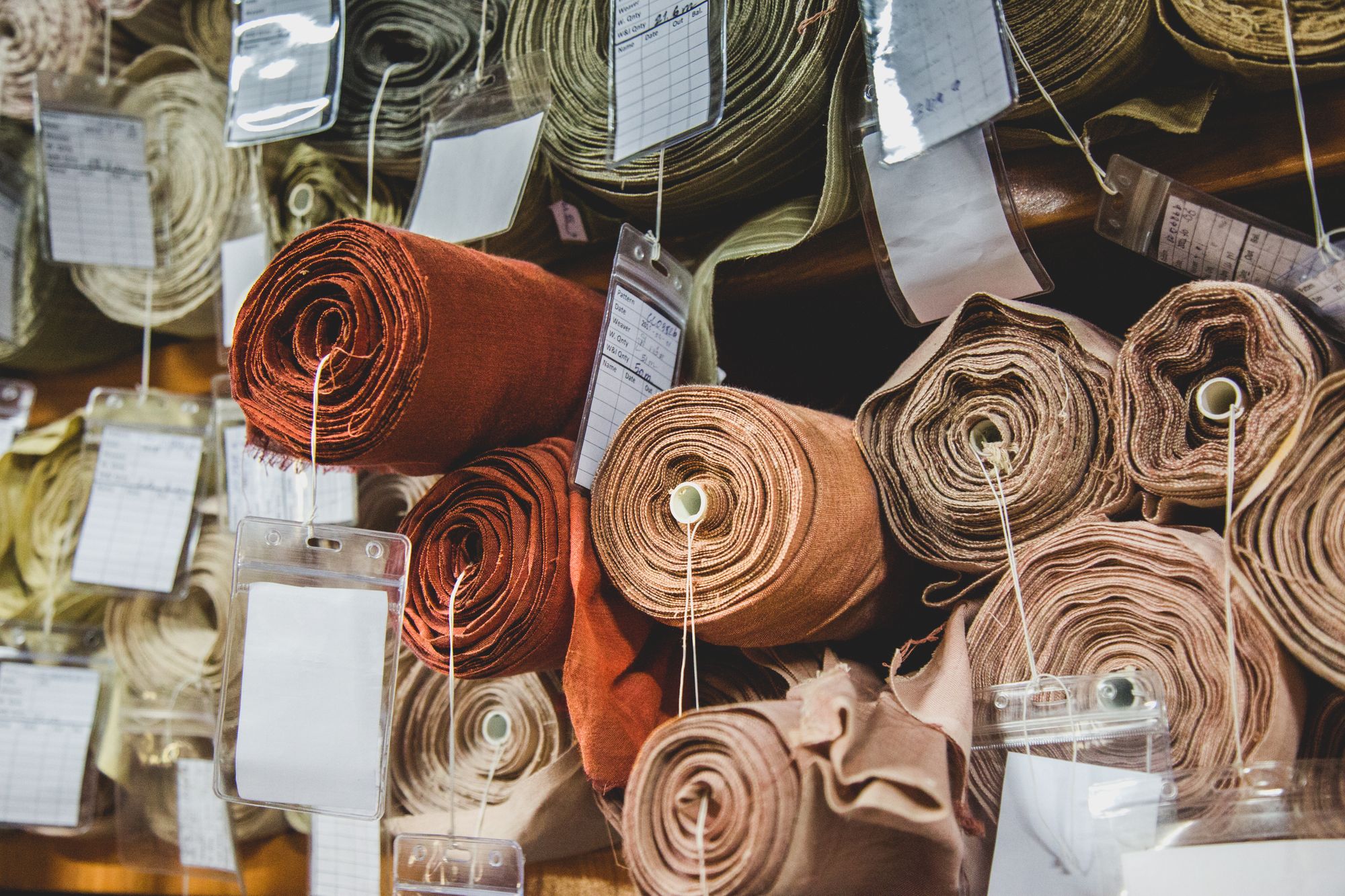Our planet is under pressure. The fashion industry alone contributes massively to pollution, water waste, and greenhouse gases. As awareness grows, designers, innovators, and consumers are seeking eco-friendly solutions. Enter future fabrics—textiles designed with sustainability, ethics, and environmental health in mind.
How Fashion Is Evolving Toward Eco-Friendly Materials
From fast fashion to conscious wardrobes, the shift is clear. Sustainable textiles are becoming more than a trend—they’re the future of fashion. Materials like mushroom leather and seaweed fiber are reshaping how we think about clothing and accessories.
What Are Future Fabrics?
Definition and Concept
Future fabrics are innovative materials created to reduce environmental harm, improve ethics in production, and offer new functionalities. They often combine biology, technology, and creativity to produce textiles unlike anything seen in traditional fabrics.
Differences from Traditional Textiles
Unlike cotton or polyester, which have high water, energy, and chemical demands, future fabrics are designed for minimal ecological impact. Many are biodegradable, vegan, and crafted from waste or renewable resources.
Mushroom Leather – The Next-Gen Vegan Material
What Is Mushroom Leather?
Mushroom leather, often called “mycelium leather,” is a plant-based alternative to traditional animal leather. It’s made from the root structure of mushrooms, creating a soft, flexible material ideal for fashion and accessories.
How Mushroom Leather Is Made
The process involves growing mycelium in controlled environments. It’s harvested, treated, and compressed to form sheets that resemble animal leather. No animals are harmed, and the process uses less water and energy than conventional leather production.
Benefits of Mushroom Leather
Sustainability and Biodegradability
Mushroom leather is fully biodegradable, meaning it won’t linger in landfills for decades. It also requires fewer resources to produce, making it eco-friendly.
Versatility in Fashion and Accessories
It can be dyed, textured, and molded, making it suitable for shoes, handbags, jackets, and even furniture.
Seaweed Fiber – From Ocean to Wardrobe
What Is Seaweed Fiber?
Seaweed fiber is a textile derived from marine algae. It’s soft, breathable, and naturally rich in minerals beneficial for the skin.
The Process of Creating Seaweed Textiles
Seaweed is harvested sustainably, dried, and processed into fibers that can be spun into yarns. These yarns are then woven or knitted into fabrics suitable for clothing.
Eco-Friendly Advantages
Seaweed farming restores ecosystems, absorbs CO2, and requires no fertilizers or pesticides. It’s an ocean-friendly alternative to synthetic fabrics.
Nutrient-Rich for Skin and Comfort
Seaweed fiber contains natural antioxidants and vitamins, promoting skin health while providing a smooth, comfortable texture.
Potential Uses in Clothing and Home Textiles
It’s ideal for everyday wear, activewear, and even bedding, offering sustainability and a luxurious feel.
Other Innovative Sustainable Textiles
Pineapple Leather (Piñatex)
Made from pineapple leaf fibers, Piñatex offers a cruelty-free leather alternative while supporting farmers in rural communities.
Banana Fiber
Extracted from banana plants, this fiber is strong, lightweight, and perfect for textiles and accessories.
Coffee Waste Fabrics
Fabric made from recycled coffee grounds offers odor resistance, UV protection, and sustainability benefits.
Lab-Grown Spider Silk
This biotech marvel mimics spider silk, producing a material that’s strong, lightweight, and fully biodegradable.
Algae-Based Fabrics
Algae can be turned into fibers or bio-plastics for textiles, combining circular economy principles with style.
Environmental Impact of Future Fabrics
Reducing Water Usage
Materials like mushroom leather and seaweed fiber require minimal water compared to cotton or conventional leather.
Minimizing Carbon Footprint
These fabrics are often locally grown, reducing transportation emissions and energy consumption.
Eliminating Harmful Chemicals
Future fabrics avoid toxic dyes and chemical treatments, protecting waterways and workers’ health.
Economic and Ethical Benefits
Supporting Local Communities
Materials like Piñatex support small farmers, ensuring economic sustainability for rural communities.
Fair Labor Practices
Sustainable textiles often emphasize ethical labor, ensuring fair wages and safe working conditions.
Encouraging Circular Fashion
Many of these materials are biodegradable or recyclable, promoting a circular economy and reducing textile waste.
Challenges in Adopting Future Fabrics
High Production Costs
Advanced materials can be expensive to produce, making them less accessible initially.
Scalability Issues
Producing these fabrics on a global scale is still a challenge, requiring investment and infrastructure.
Consumer Awareness and Acceptance
Educating consumers about the benefits and care of new materials is key to widespread adoption.
How Designers Are Using Future Fabrics
Fashion Shows and Collections
High-profile designers are showcasing mushroom leather bags and seaweed dresses on runways, signaling a shift in mainstream fashion.
Collaborations Between Startups and Brands
Tech-driven startups partner with fashion brands to scale production and bring sustainable fabrics to market.
Examples of Notable Brands Using Sustainable Textiles
Brands like Stella McCartney, Bolt Threads, and Piñatex pioneers are leading the way in sustainable innovation.
Tips for Consumers to Embrace Sustainable Fashion
Choosing Eco-Friendly Brands
Look for brands transparent about sourcing and production methods.
Caring for Future Fabrics
Follow specific washing instructions to maintain durability and reduce waste.
DIY and Upcycling Ideas
Repurpose old garments into new creations, supporting circular fashion at home.
The Future Outlook
Potential for Mainstream Adoption
As production scales and costs decrease, sustainable textiles are poised to enter everyday wardrobes.
Technological Innovations on the Horizon
Biofabrication, algae processing, and lab-grown fibers will continue to revolutionize textiles.
How Policy and Investment Can Boost Sustainable Textiles
Government incentives and private investment can accelerate adoption, benefiting both the planet and the fashion industry.
Conclusion
Future fabrics like mushroom leather and seaweed fiber offer a glimpse into a more sustainable, ethical, and innovative fashion world. By embracing these textiles, designers and consumers alike can reduce environmental impact, support communities, and enjoy luxurious, functional materials that respect the planet.
FAQs
1. Are mushroom leather and seaweed fiber durable?
Yes, both materials are surprisingly durable and versatile for fashion and home textiles.
2. Can these fabrics be washed like regular textiles?
Most can be hand-washed or machine-washed on gentle cycles, but always check specific care instructions.
3. Are future fabrics biodegradable?
Many, including mushroom leather, seaweed fiber, and Piñatex, are fully biodegradable under natural conditions.
4. How do these fabrics compare in price to traditional materials?
They are generally more expensive initially, but costs are decreasing as production scales.
5. Will sustainable textiles replace conventional fabrics?
While they may not replace all conventional textiles immediately, they are likely to become a mainstream choice as awareness and availability grow.





